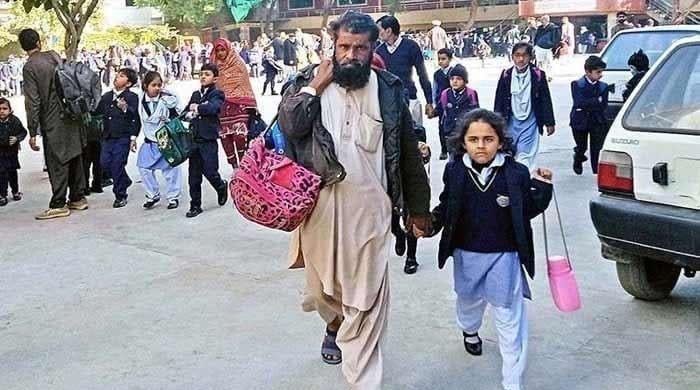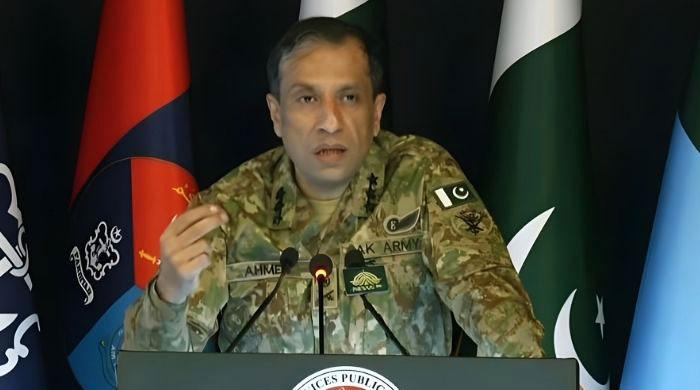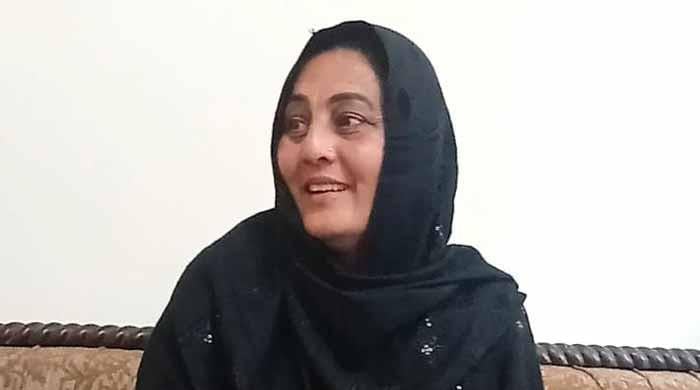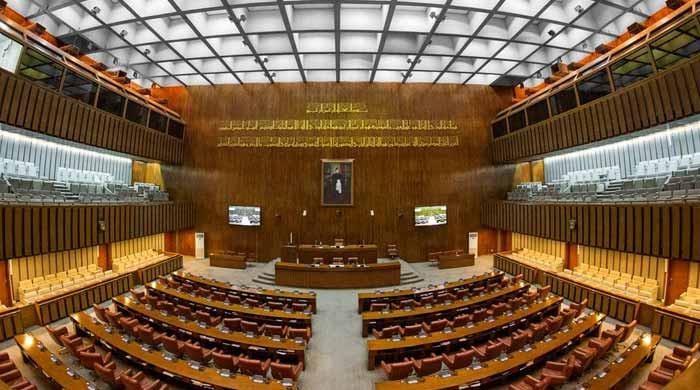PDM protests 2.0
The PDM has announced another round of protests against the incumbent government of PTI
October 22, 2021
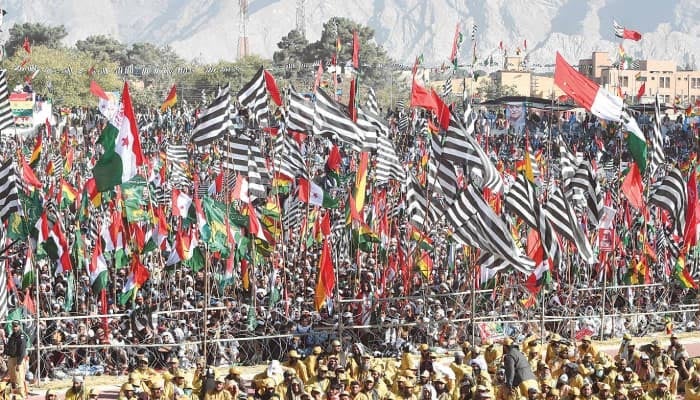
The Pakistan Democratic Movement (PDM) has announced another round of protests against the incumbent government of the Pakistan Tehreek-e-Insaf (PTI). It hopes that this time it would be successful in dislodging the Imran Khan government that seems to be extremely unpopular among a vast majority of Pakistanis because of rising inflation and poverty, shrinking economy, and its incompetence in different areas.
The opposition parties are brimming with optimism, probably thinking that since apparently everything is not well between the Kaptaan and the powers that be, it is the best time for countrywide agitation that could push the government out of power.
The opposition parties recently held a massive gathering in Faisalabad, vowing to push their movement towards a logical conclusion, which is to oust Khan and extend help and succour to the two hundred million hapless people of the country. The opposition leaders claim to be the messiah of the people, promising to bring a genuine democracy that would serve people’s interest, liberating them from the clutches of poverty and turning the country into a modern welfare state that would look after all of its citizens.
For some, the new round of protests has revived the memories of the decades of the 1990s when political parties were used to replace one government with another one. First, it was the Islami Jamhoori Ittehad – Islamic Democratic Alliance — (IJI) led by former prime minister Nawaz Sharif that created problems for the elected government of Benazir Bhutto, preventing her from carrying out any development works in Punjab which was dominated by his party and where he was serving as the chief executive.
When the first government of Nawaz Sharif came into power, it was the turn of Benazir Bhutto who tried to weaken the PML-N-led government. The first female prime minister of the Islamic country had to join hands with non-democratic forces to destabilise the government of Nawaz Sharif. The former prime minister was sent home packing unceremoniously and the assemblies were dissolved.
The dissolution of the two elected assemblies did not pave the way for political sagacity. Devoid of political acumen, political leaders once again started picking fights — with the Benazir Bhutto government going after the opposition, and political rivals of Benazir holding clandestine meetings with powerful elements of the state in a bid to destabilise the government of PPP. The gross incompetence of the PPP government and the alleged violations of human rights at the hands of law-enforcement agencies led to the fall of the second government of Benazir Bhutto with the late president Ghulam Ishaq Khan levelling serious allegations of corruption against her.
The tradition of fake police encounters that was promoted during the time of the PPP government also claimed the life of Benazir’s brother Mir Murtaza Bhutto. The situation in Afghanistan was also said to be one of the factors leading to the removal of her government as the then federal cabinet had declined to offer a lucrative pipeline agreement to a foreign company which was allegedly ‘hobnobbing’ with the Afghan Taliban at the time.
During the second tenure of Nawaz Sharif, the opposition had drastically been cut to size with the PPP holding only a few seats in the National Assembly. This was the time when the government of Nawaz Sharif could have carried out pro-people reforms. Despite being under a crackdown from the government of Nawaz Sharif, the PPP demonstrated political maturity by throwing support behind the government on the laws that could have strengthened democratic traditions in the country.
Imprisoned PPP leaders and parliamentarians were transported from jail to the parliament house to vote for the scrapping of the 8th Amendment. The legislation was introduced by the staunch rivals of the PPP, but the party under the leadership of Benazir Bhutto decided to vote for it.
The two mainstream political parties appeared united in upholding the supremacy of parliament, vowing to promote democratic traditions. However, this unity turned out to be short-lived with Nawaz Sharif first alienating the MQM by proposing some retrogressive laws that infuriated the Karachi-based party. The proposed legislation could have strengthened the position of the religious right which was also vehemently opposed by the civil society.
The PPP was also not happy with the then government either. The acrimony between the Sharifs and some powerful elements of the state further weakened him, providing an opportunity to non-democratic forces to exploit this situation.
The removal of the Nawaz Sharif government was celebrated by the PPP and other opposition parties, creating a negative impression of political parties among Pakistanis.
However, soon this exultation turned into a nightmare when former military dictator General Pervez Musharraf forced both Nawaz and Benazir into exile, prompting the two former prime ministers to forge unity, coming up with the Charter of Democracy, vowing to uphold the supremacy of parliament and carry out pro-people legislation. The 2007 lawyers’ movement and the unity between political parties forced the military dictator to step down paving the way for civilian rule.
Many believe that change of government in Pakistan has always been possible because of mass movements against incumbent governments, but critics believe that most of these movements were centred on a one-point agenda i.e. to dislodge the sitting government.
Such movements never bothered to address the deep-rooted problems of the people including extreme poverty, rising inflation, unemployment and a lack of civic amenities. Consequently, the plight of people remained unaddressed.
Critics believe that if the PDM wants to really make a difference, it must come up with a comprehensive plan to address the pressing issues of the people.
For instance, more than 20 million children are out of school, more than 60 percent Pakistanis are without proper housing facilities, more than 40 percent children are facing the risk of stunted growth because of malnutrition, and over 16 percent people – it can be safely assumed that the actual number is much higher — are unemployed, with 24 percent educated men and 40 percent qualified women out of jobs. Also, around 80 percent of diseases are caused by contaminated water in the country.
The policies of liberalisation, privatisation and deregulation have played havoc with the lives of millions of workers since the decade of the 1980s when Pakistan first introduced the programmes dictated by international monetary institutions.
The PDM should go beyond critique of the current government and come up with a sustainable solution for the problems mentioned above. In the past, anti-government movements just made tall claims. If the political alliance wants to serve the people, it must offer a timeframe for the provision of pure drinking water besides clearly stating how long it would take to provide shelter to more than 40 million Pakistanis who are living in inhumane conditions in urban slums.
It must prove that it cannot only hold mammoth gatherings but can also put more than 20 million children back into school within a few months after it is voted into power.
If the political alliance fails to address the issues that have plagued the lives of millions of Pakistanis, the people will be right in believing that all political parties are resorting to rhetoric to achieve their political interests, but in reality they do not want to carry out drastic reforms that are needed to address the deep-rooted issues of Pakistani society.
Taking up the issue of inflation by anti-Imran politicians augurs well for those who believe in pro-people politics but the alliance must translate its promises into actions once it is in power.
The writer is a freelance journalist and can be reached at: [email protected]
Originally published in The News




